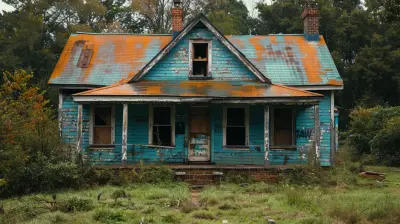Is Homeownership Still the American Dream?
6 October 2025
For generations, owning a home has been synonymous with success in the U.S. It represented stability, financial security, and a place to call your own. But as times change, so do dreams. With skyrocketing home prices, rising interest rates, and shifting attitudes toward renting, many are questioning whether homeownership is still the ultimate goal.
So, is owning a home still the American Dream, or are we clinging to an outdated ideal? Let’s break it down. 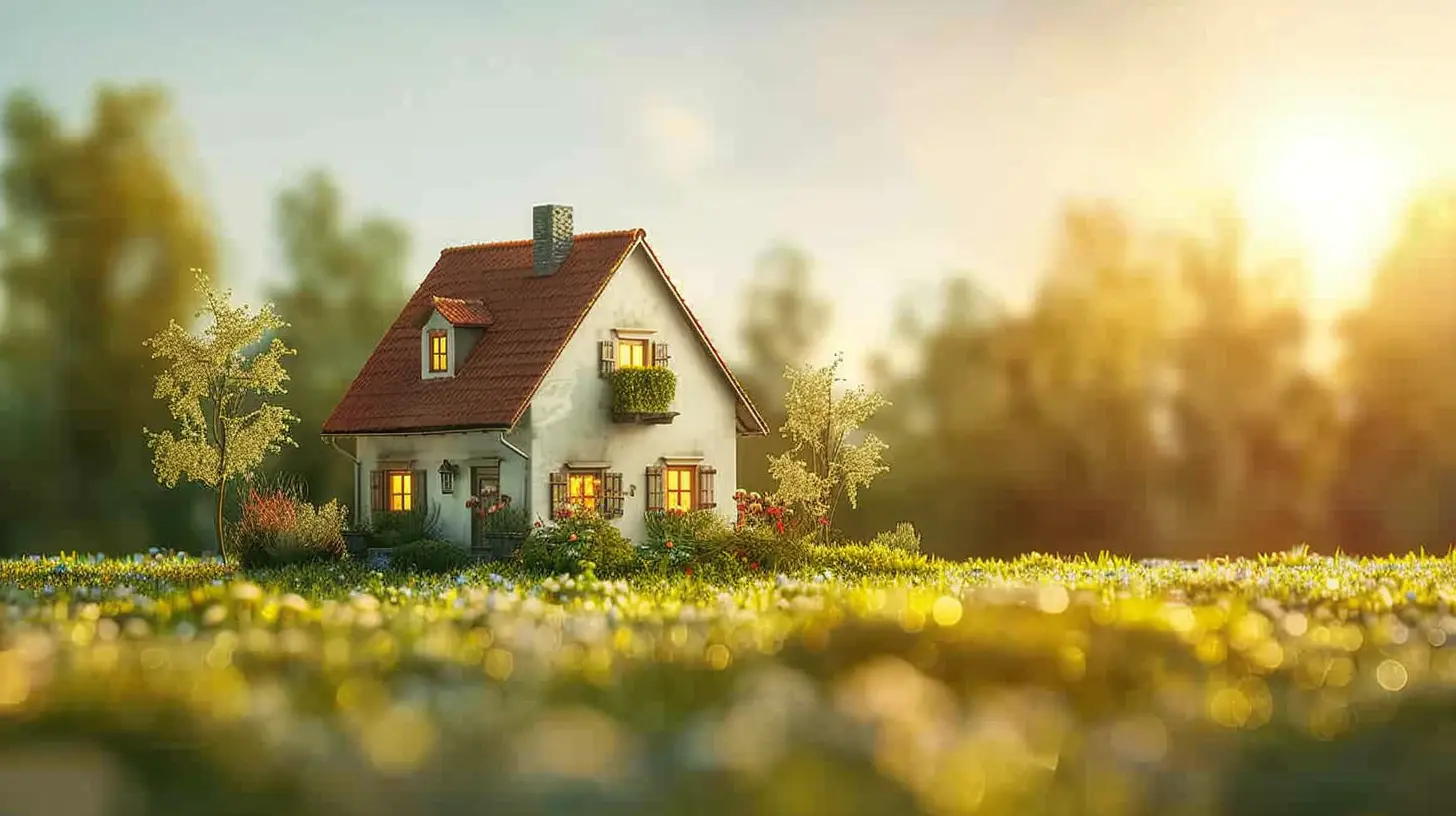
The Traditional View: Why Homeownership Became the American Dream
There’s a reason homeownership has been at the center of the American Dream for so long. Historically, it’s been seen as a major financial milestone—one that signals success, stability, and achievement. Socially, buying a home meant “you made it.” But where did this belief come from?1. Financial Security and Wealth Building
For decades, real estate has been one of the most reliable ways to build wealth. Home values generally increase over time, meaning homeowners can build equity and pass down property to future generations. Unlike paying rent, which offers no return on investment, homeownership has traditionally allowed people to create long-term financial stability.2. Stability and Control
Renting can feel unpredictable—rents can rise, landlords can sell properties, and lease terms may not always align with your long-term plans. Owning a home, on the other hand, gives you a sense of control. You can modify your space, settle into a neighborhood, and not worry about sudden eviction notices or rent hikes.3. Cultural and Social Status
Let’s be real—homeownership has long been associated with status. It’s often seen as a rite of passage into adulthood, a sign that you’re financially responsible and have your life together. For many, buying a home has been more about achieving a personal milestone than making a financial investment.But times are changing, and the reality of homeownership is no longer as straightforward as it once was. 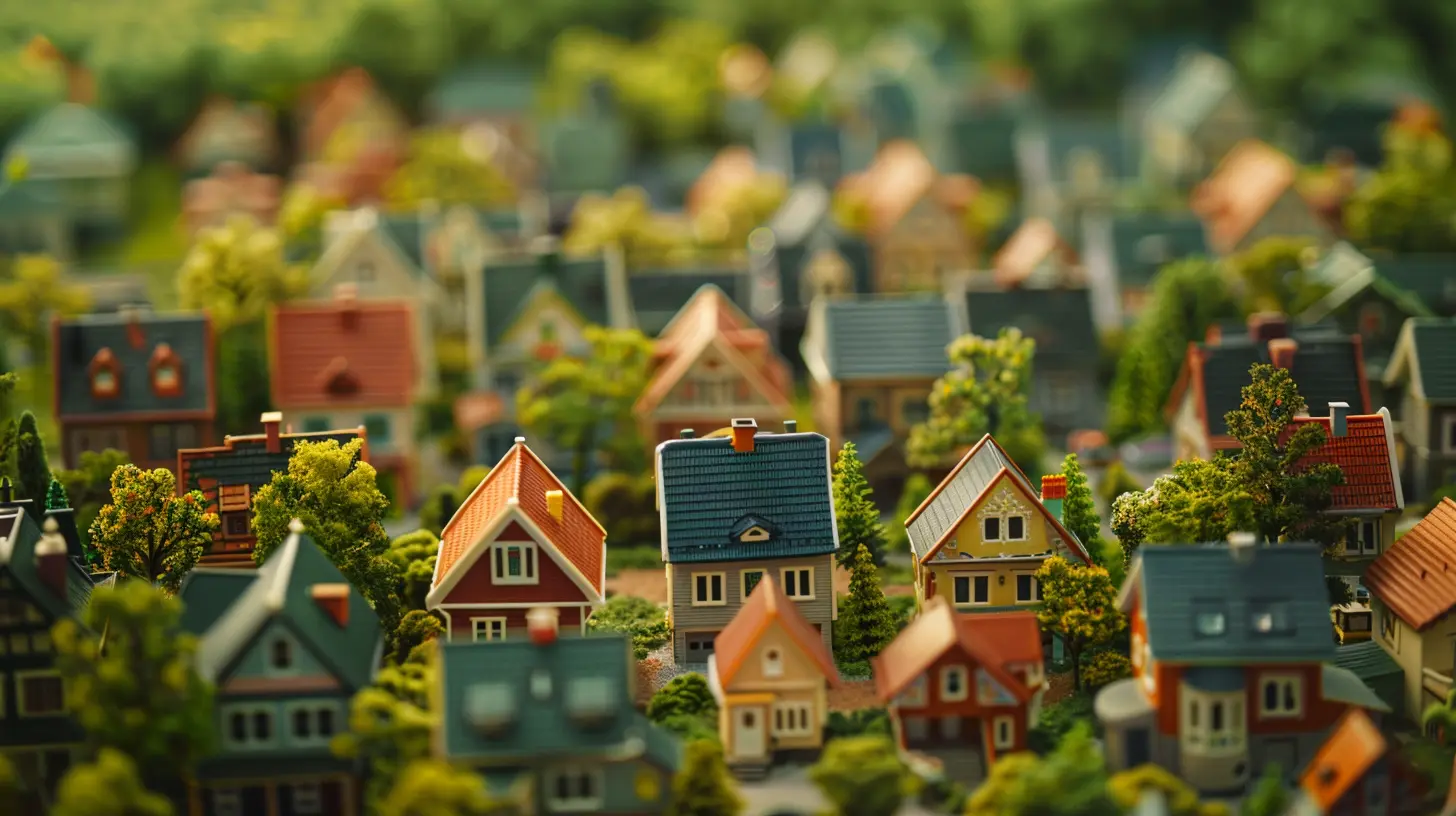
The Reality Check: Is Homeownership Still Attainable?
While owning a home may still be a dream for many, the road to achieving it has become increasingly difficult. Market conditions, financial constraints, and changing lifestyles have made it harder than ever for the average person to buy a home.1. Skyrocketing Home Prices
If you’ve been anywhere near the housing market recently, you’ve probably noticed home prices are at an all-time high. The median home price in the U.S. has jumped significantly over the last few decades, making it harder for first-time buyers to enter the market. Even with a decent salary, affording a home can feel impossible in some cities.2. High Interest Rates
Mortgage rates have risen in recent years, making home loans more expensive. A higher interest rate means higher monthly payments, which can put homeownership out of reach for many people. What used to be an affordable mortgage payment a decade ago is now a financial strain for many families.3. Wage Growth vs. Cost of Living
Even though wages have increased over time, they haven’t kept up with the cost of living—especially housing costs. This means that while people may be earning more than previous generations, their purchasing power has decreased. Many young professionals find themselves struggling with student loans, rising living expenses, and stagnant wages, making homeownership a difficult goal to achieve.4. The Down Payment Barrier
Let’s talk about the biggest hurdle: the down payment. Saving up tens of thousands of dollars (or more) for a down payment is no small feat. While some programs offer assistance, many buyers still need to come up with a substantial amount of cash upfront. And in competitive markets, sellers favor buyers who can put down larger sums, making it even tougher for first-time buyers to compete.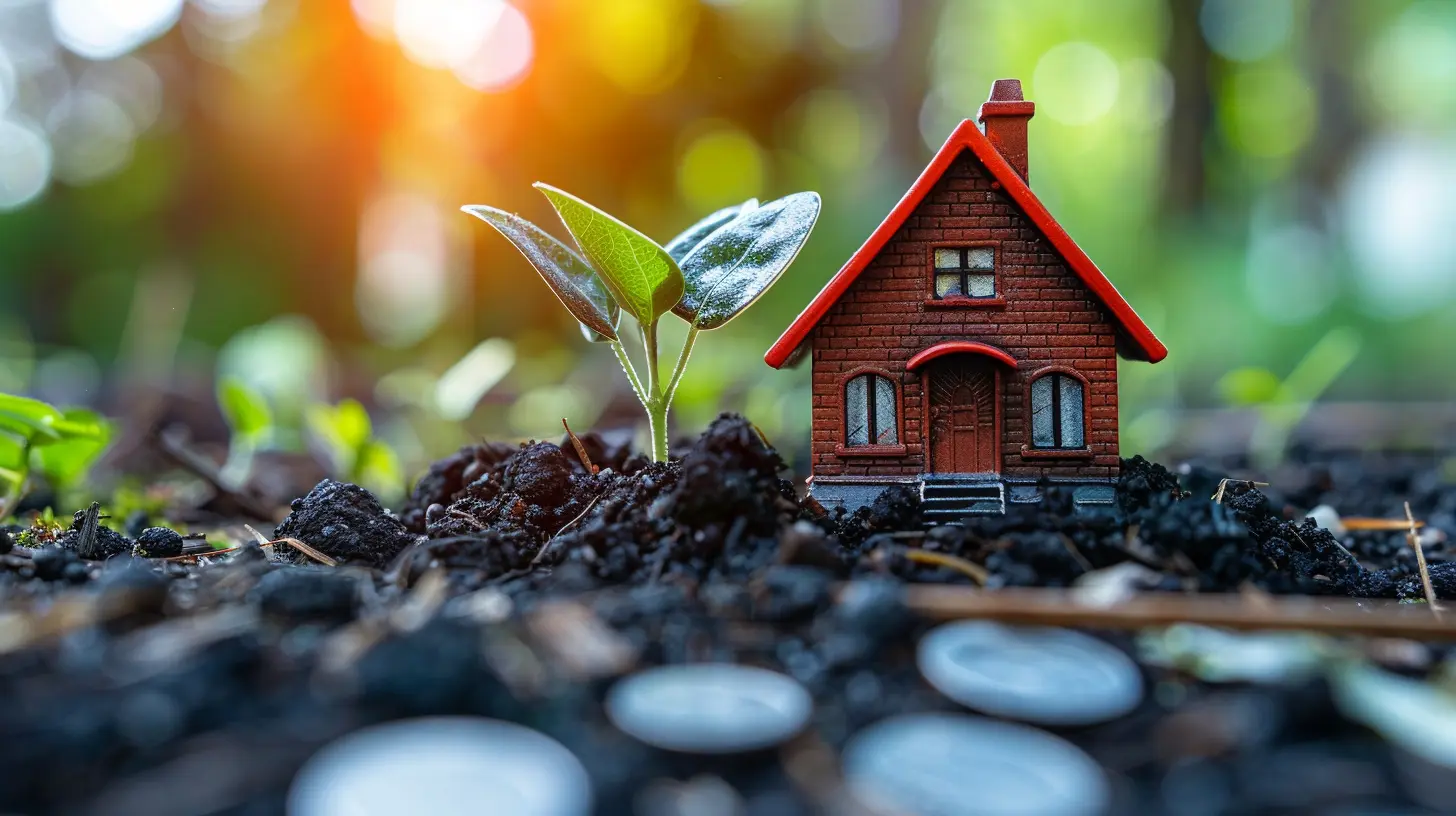
The Rise of Renting: A New Perspective on the American Dream
With homeownership becoming less attainable, many people are rethinking the idea of what success looks like. Renting, once seen as a temporary solution, is now a long-term choice for many Americans. But is that really a bad thing?1. Flexibility and Freedom
Unlike homeownership, renting offers flexibility. Want to move to a new city for a job opportunity? No problem. Need a change of scenery? You don’t have to worry about selling a home. Renting allows people to adapt to life’s changes more easily without being tied down to a long-term commitment.2. Fewer Financial Responsibilities
Owning a home comes with its fair share of expenses—property taxes, maintenance costs, insurance, and unexpected repairs. Renters, on the other hand, don’t have to worry about fixing broken pipes or replacing a roof since those responsibilities fall on the landlord. This financial predictability can be a huge advantage.3. Access to Prime Locations
In many cases, renting allows people to live in areas they otherwise couldn’t afford to buy in. Want to live in the heart of the city? It’s often much more affordable to rent in trendy neighborhoods than to buy a home there. This grants renters access to great locations, amenities, and a lifestyle that homeownership might not afford them.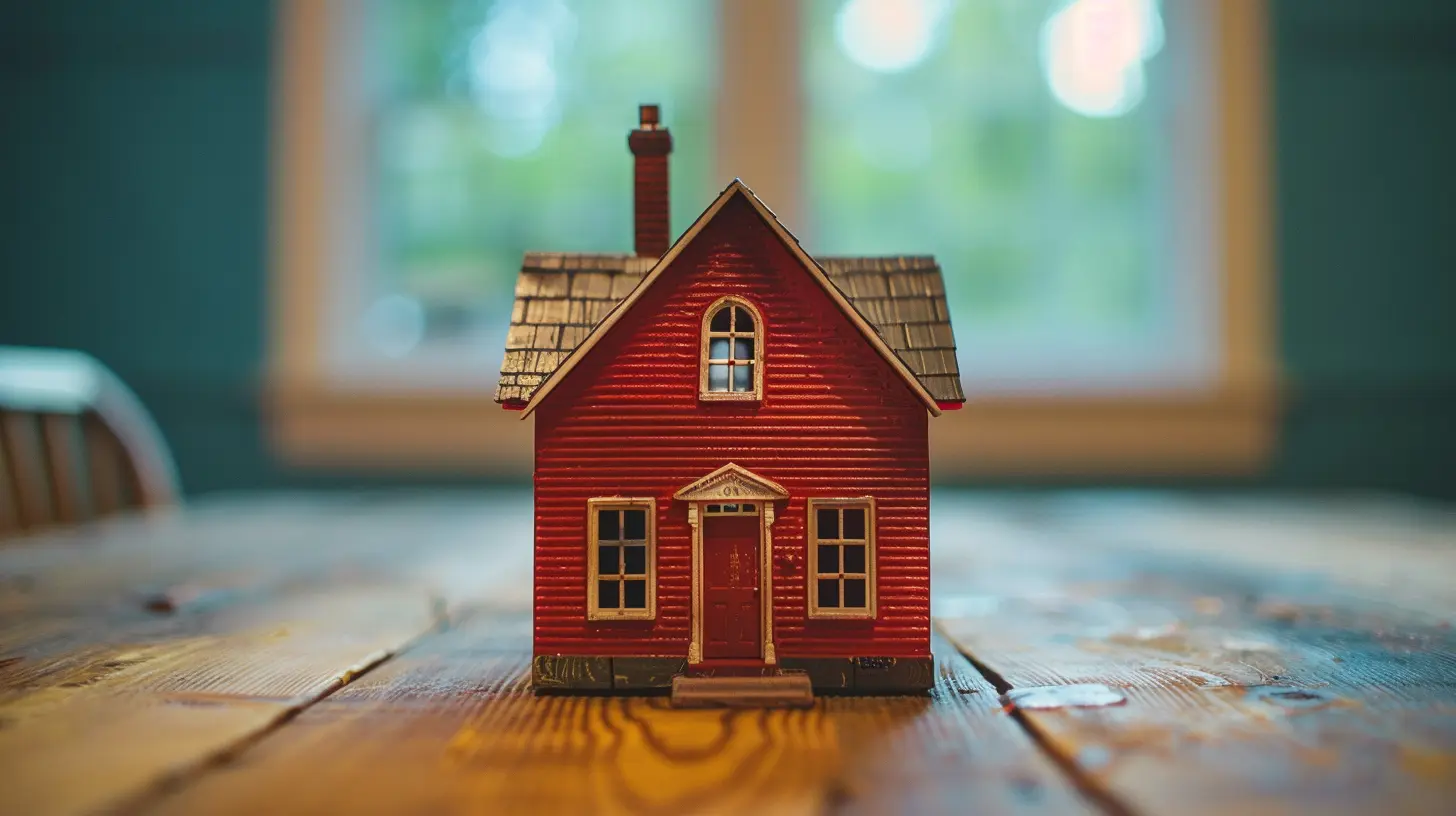
A Generational Shift: Millennials and Gen Z Approach Homeownership Differently
Younger generations are redefining the American Dream. Unlike their parents or grandparents, who saw homeownership as a must, Millennials and Gen Z are prioritizing other aspects of life—experiences, travel, career growth, and even financial freedom over traditional homeownership.1. Prioritizing Experiences Over Assets
Many younger Americans value experiences over material possessions. Instead of locking themselves into a 30-year mortgage, they prefer to spend their money on travel, hobbies, and personal growth. The idea of “settling down” isn’t as appealing as it once was.2. The Rise of Remote Work & Digital Nomadism
With remote work more common than ever, many professionals don’t need to be tied to one location. They can work from anywhere, making renting or short-term living situations more attractive than committing to a mortgage.3. Alternative Investments
While real estate has been a top wealth-building tool for past generations, younger investors are exploring other options—stocks, cryptocurrency, and even starting their own businesses. Homeownership isn’t the only road to financial prosperity anymore.So, Is Homeownership Still the American Dream?
The answer really depends on who you ask. For some, owning a home is still a lifelong goal that represents stability and success. For others, the dream has shifted to financial freedom, flexibility, and alternative investments.What’s clear, though, is that the definition of the American Dream is evolving. Owning a home is no longer the only marker of success—it’s just one of many paths people can take. Whether you choose to rent, buy, or invest in different ways, the key is financial security and happiness on your terms.
So, is homeownership still the American Dream? Maybe for some, but for others, the dream has simply changed.
all images in this post were generated using AI tools
Category:
Housing MarketAuthor:

Kingston Estes
Discussion
rate this article
1 comments
Elle Hamilton
Homeownership remains a cornerstone of the American Dream, symbolizing stability, independence, and community. Despite challenges, it empowers individuals to build wealth and create lasting memories. Let's embrace this dream and inspire future generations to make it a reality!
October 11, 2025 at 3:03 AM

Kingston Estes
Thank you for your insightful comment! Homeownership truly embodies the aspirations of many and remains a vital part of the American Dream, fostering stability and community. Let's continue to inspire future generations to pursue this dream!

